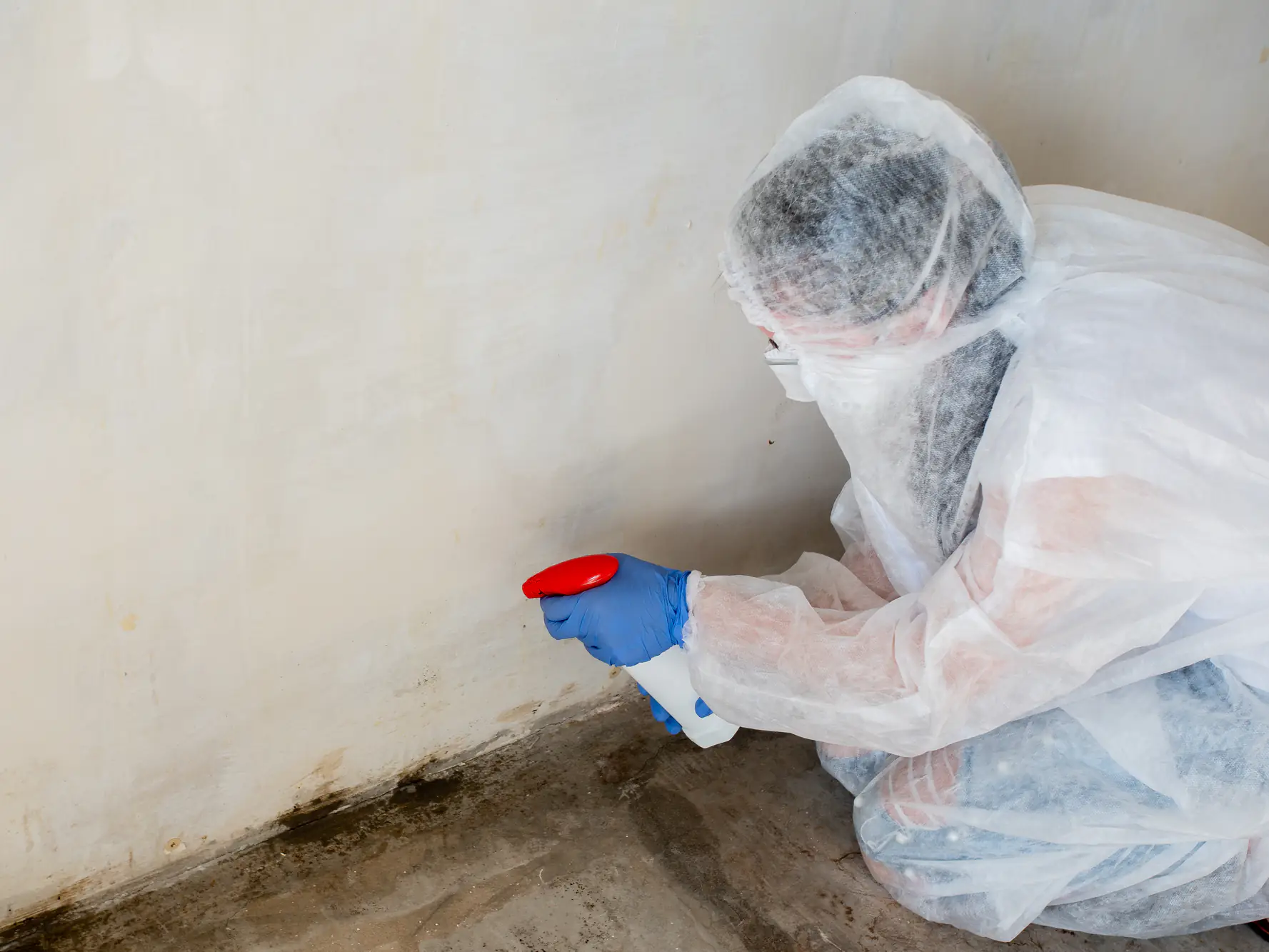
Hear from Our Customers
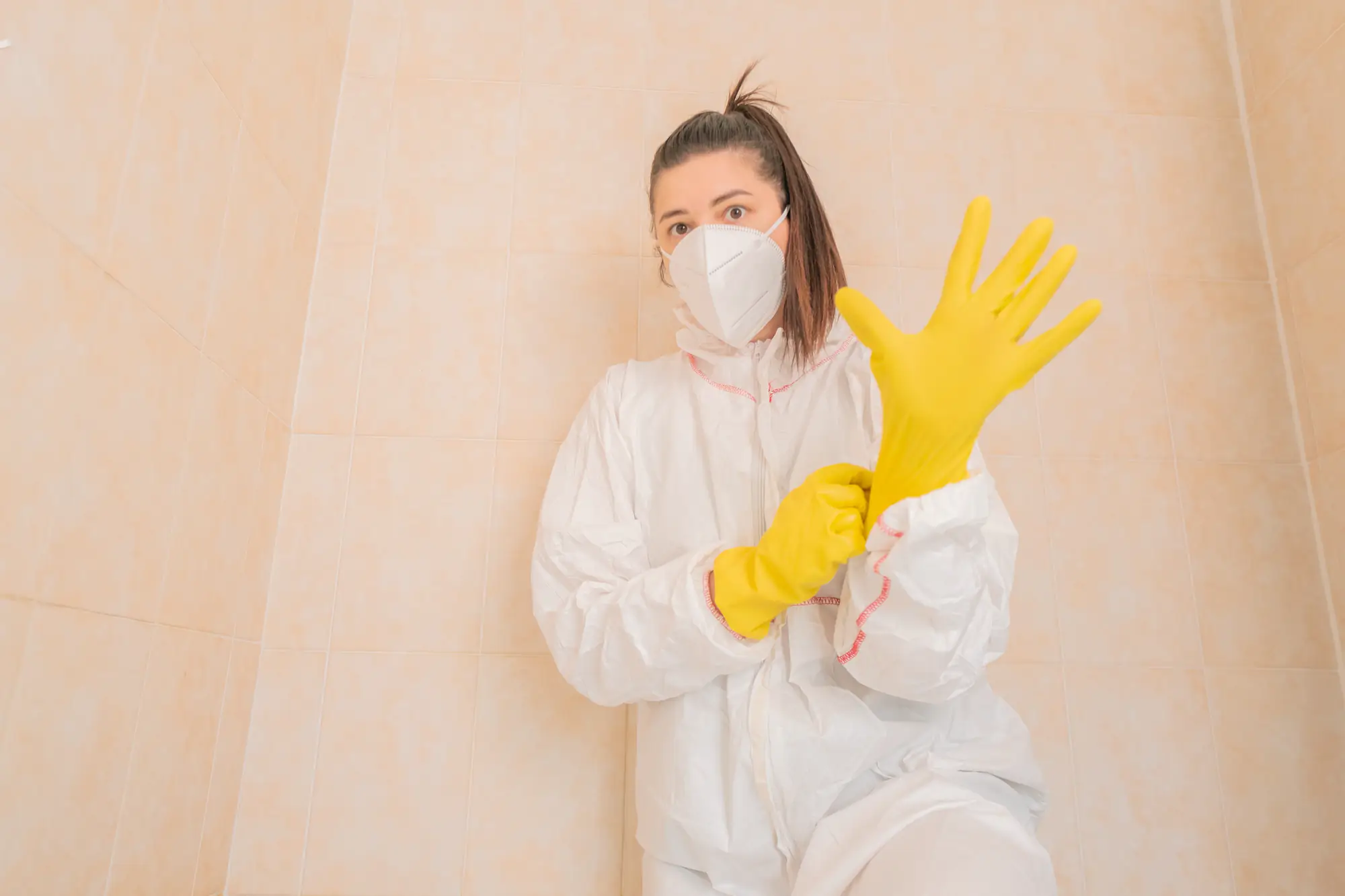
You’ll breathe easier knowing your family is safe from toxic mold exposure. No more musty odors, respiratory irritation, or worrying about what’s growing behind your walls.
Your property value stays protected. Professional remediation with proper documentation means no surprises when you sell, and insurance companies trust our certified process.
The problem gets solved completely the first time. We find the moisture source, eliminate existing mold, and prevent it from coming back with antimicrobial treatments and humidity control recommendations.
We understand the unique challenges Hinkletown homeowners face with Pennsylvania’s humid summers and moisture-prone basements. We’ve built our reputation on solving mold problems that other companies miss.
Our IICRC-certified technicians use advanced moisture detection equipment and follow strict EPA protocols. We’re not the cheapest option, and that’s intentional—proper mold remediation requires specialized training, professional-grade equipment, and attention to detail that protects your health and investment.
Local families trust us because we deliver results. When we’re done, you get documentation that satisfies insurance companies and gives you confidence the job was done right.
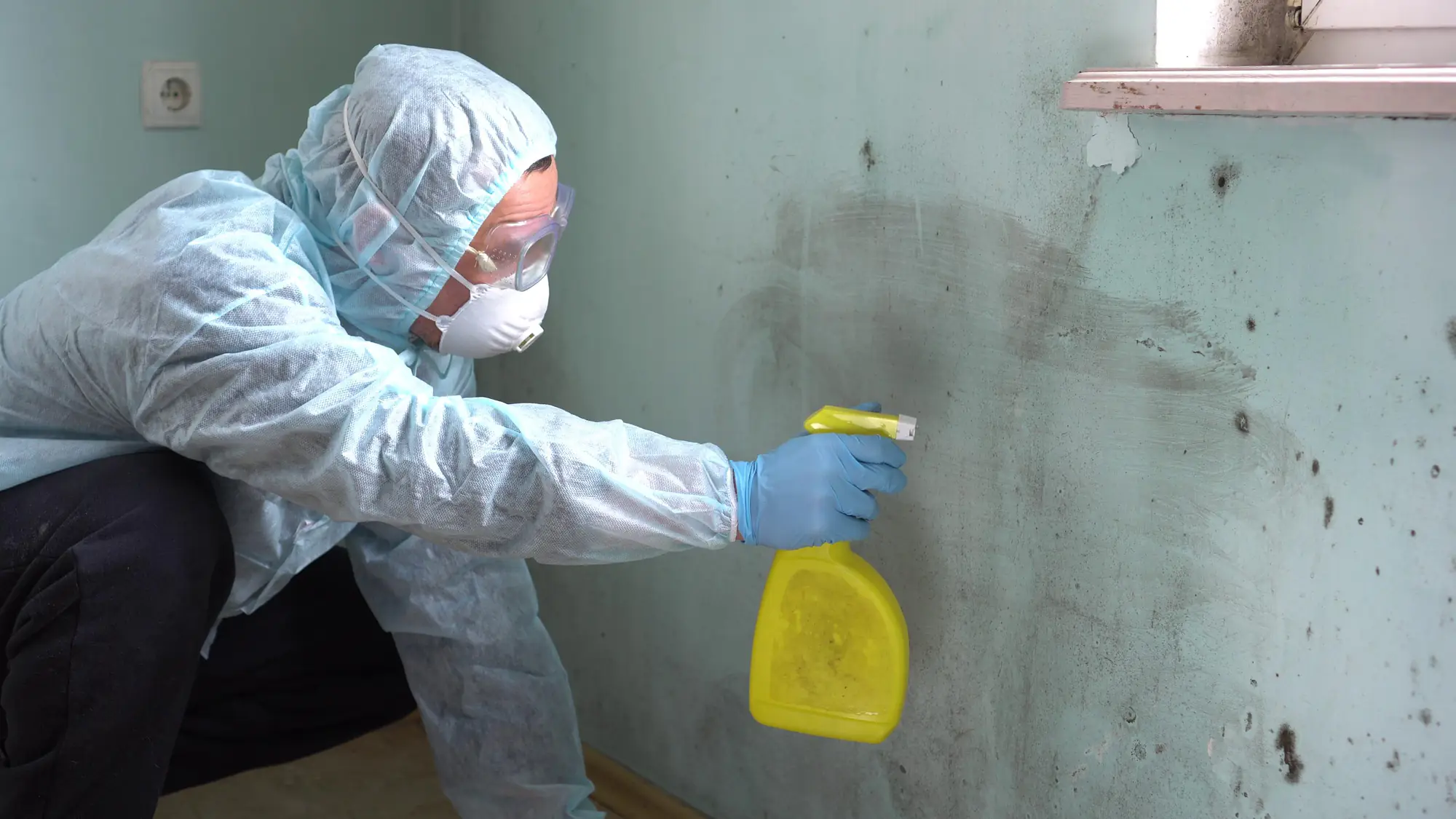
We start with a thorough inspection using moisture meters and infrared cameras to find all affected areas, including hidden mold behind walls and in HVAC systems. You’ll know exactly what you’re dealing with before we begin.
Next comes containment. We seal off the work area with plastic sheeting and negative air machines to prevent spores from spreading to clean areas of your home. This step is critical—it’s what separates professional remediation from DIY disasters.
Then we remove contaminated materials safely, treat affected surfaces with antimicrobial solutions, and dispose of everything according to EPA guidelines. We don’t just kill surface mold; we eliminate the source and create conditions that prevent regrowth.
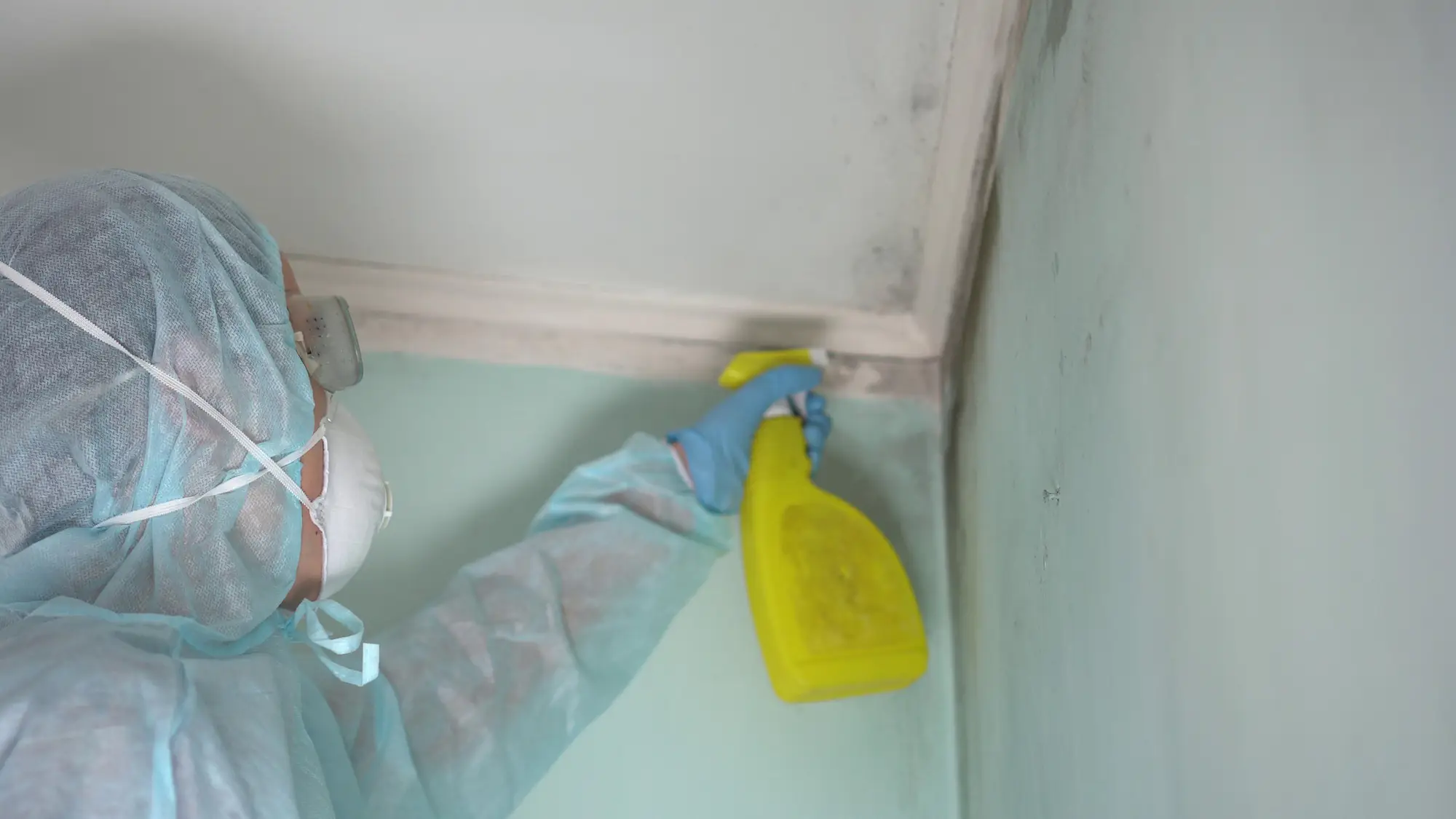
Ready to get started?
You get complete source identification and moisture control recommendations. Pennsylvania’s humid climate creates perfect conditions for mold growth, especially in basements and poorly ventilated areas common in older Hinkletown homes.
Our service includes HEPA air filtration during the entire process, safe removal of contaminated drywall or insulation, and antimicrobial treatment of all affected surfaces. We also test your HVAC system—a critical step many companies skip.
Post-remediation air quality testing confirms the work is complete. You receive documentation that satisfies insurance requirements and provides peace of mind that your indoor environment is safe for your family.
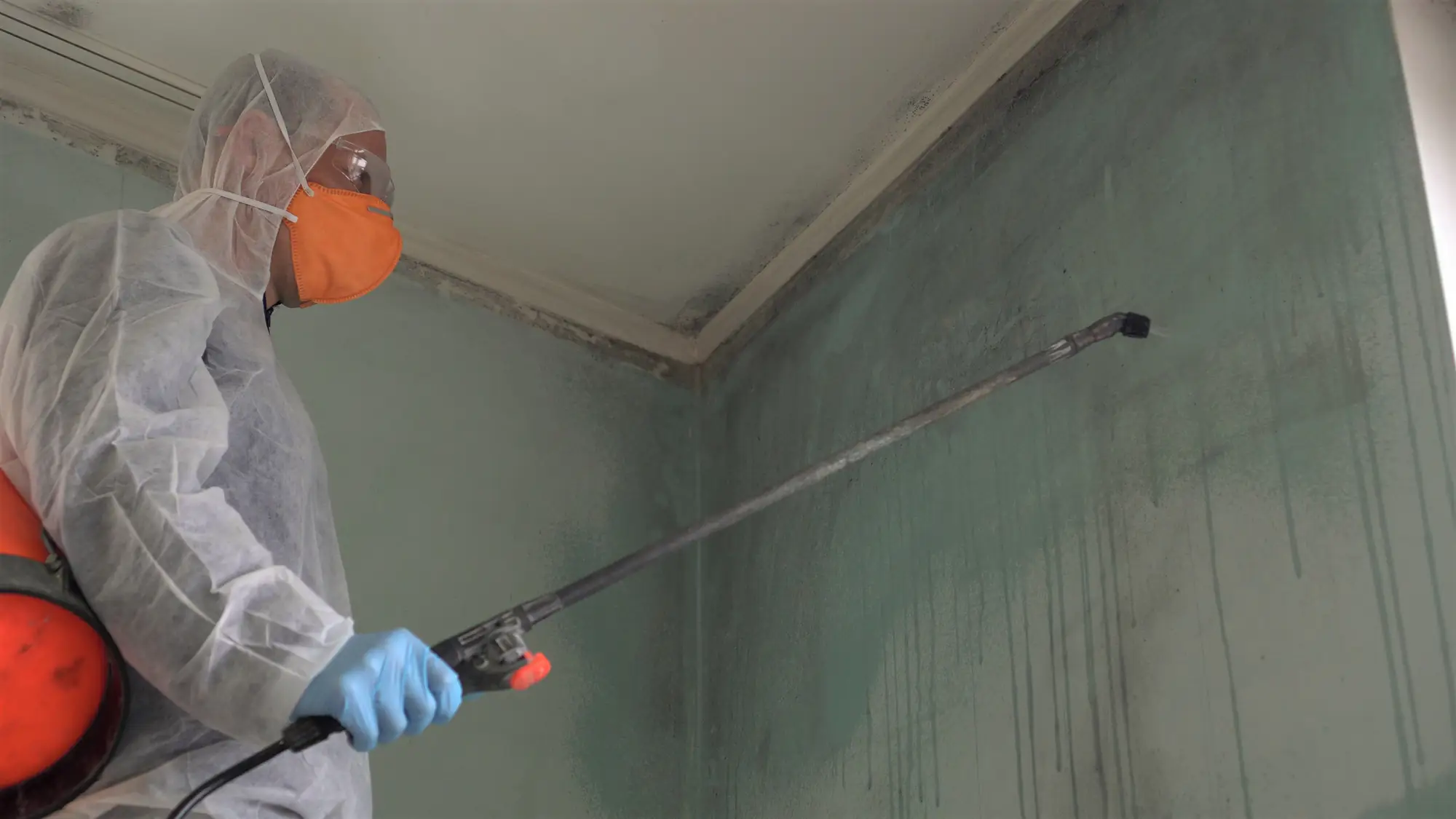
Most residential mold remediation projects in the Hinkletown area cost between $1,500 and $4,000, depending on the extent of contamination and affected materials. Small bathroom mold issues might run $600-$1,200, while whole-house problems can reach $6,000 or more.
The final cost depends on factors like the type of mold, how much drywall or insulation needs replacement, and whether your HVAC system is contaminated. We provide detailed estimates upfront so you know exactly what to expect.
Early detection saves money. The longer mold grows undetected, the more materials need replacement and the higher your costs become.
Most residential mold remediation projects take 3-5 days from start to finish. Day one involves assessment and containment setup. Days 2-4 cover removal, cleaning, and antimicrobial treatment. Day 5 includes final cleanup and optional post-remediation testing.
Larger projects or severe contamination can extend the timeline to 7-10 days. We’ll give you a realistic schedule during our initial assessment and keep you updated throughout the process.
You typically can’t stay in the affected areas during active remediation, but we work efficiently to minimize disruption to your daily routine.
Mold removal focuses on cleaning visible mold, while remediation addresses the entire problem including moisture sources and prevention. True remediation involves containment, source identification, safe removal of contaminated materials, antimicrobial treatment, and steps to prevent regrowth.
Many companies offer “mold removal” that’s really just surface cleaning with bleach. This approach fails because mold spores survive in porous materials like drywall and wood, leading to regrowth within weeks or months.
Professional remediation costs more upfront but saves money long-term by solving the problem completely rather than just masking symptoms.
Small surface mold areas under 3 square feet might be manageable with proper safety equipment, but black mold and larger infestations require professional remediation. DIY attempts often make the problem worse by spreading spores throughout your home.
Professional remediation involves specialized equipment like HEPA air scrubbers, negative air machines, and moisture detection tools that aren’t available to homeowners. We also know how to safely dispose of contaminated materials according to EPA regulations.
The health risks aren’t worth the savings. Black mold produces mycotoxins that can cause serious respiratory problems, especially for children and people with compromised immune systems.
Moisture control is the key to preventing mold regrowth. We identify and help you address the underlying moisture sources—whether it’s poor ventilation, plumbing leaks, foundation issues, or humidity problems common in Pennsylvania homes.
After removing existing mold, we apply antimicrobial sealants to treated surfaces and provide specific recommendations for maintaining proper humidity levels. This might include dehumidifiers, improved ventilation, or minor repairs.
Regular maintenance matters too. We recommend periodic moisture checks in previously affected areas and immediate attention to any new water intrusion or humidity spikes.
Insurance coverage for mold remediation varies significantly by policy and the cause of the mold growth. If mold results from a covered peril like a burst pipe or storm damage, many policies provide coverage. However, mold from long-term maintenance issues like poor ventilation typically isn’t covered.
We work directly with insurance companies and provide detailed documentation to support your claim. Our estimates include the specific information adjusters need to process claims efficiently.
Contact your insurance company immediately when you discover mold. Delaying can complicate coverage, and some policies require prompt notification of potential claims.
Other Services we provide in Hinkletown